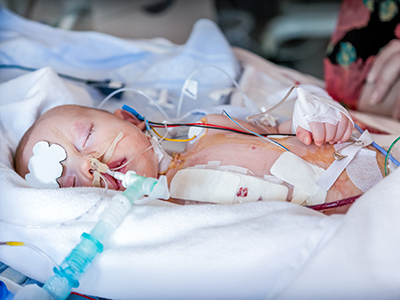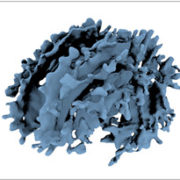Autonomic markers of extubation readiness in premature infants

Premature infants often require a breathing tube and mechanical ventilation as a mainstay in their therapy. It can be difficult to predict when these patients are ready to come off the ventilator (extubate).
Premature infants often require a breathing tube and mechanical ventilation as a mainstay in their therapy. It can be difficult to predict when these patients are ready to come off the ventilator (extubate). In a study from Pediatric Research, experts from Children’s National Hospital describe a model to predict the success of extubation using markers of autonomic tone (rest and digest versus fight or flight response). This study was led by Suma Hoffman, M.D., neonatologist and co-authored by Adré J. du Plessis, M.B.Ch.B., M.P.H., division chief of Prenatal Pediatrics Institute, Sarah Schlatterer, M.D., prenatal and neonatal neurologist, and Rathinaswamy B. Govindan, Ph.D.
The team deployed a study of 89 infants less than 28 weeks. Heart rate variability (HRV) metrics 24 hours prior to extubation were compared for those with and without extubation success within 72 hours. Receiver-operating curve analysis was conducted to determine the predictive ability of each metric and a predictive model was created.
Conclusions show that extubation success is associated with HRV. The authors demonstrate an autonomic imbalance with low sympathetic and elevated parasympathetic tone in those who failed. α1, a marker of sympathetic tone, was noted to be the best predictor of extubation success especially when incorporated into a clinical model.
Learn more about the study in Pediatric Research.











